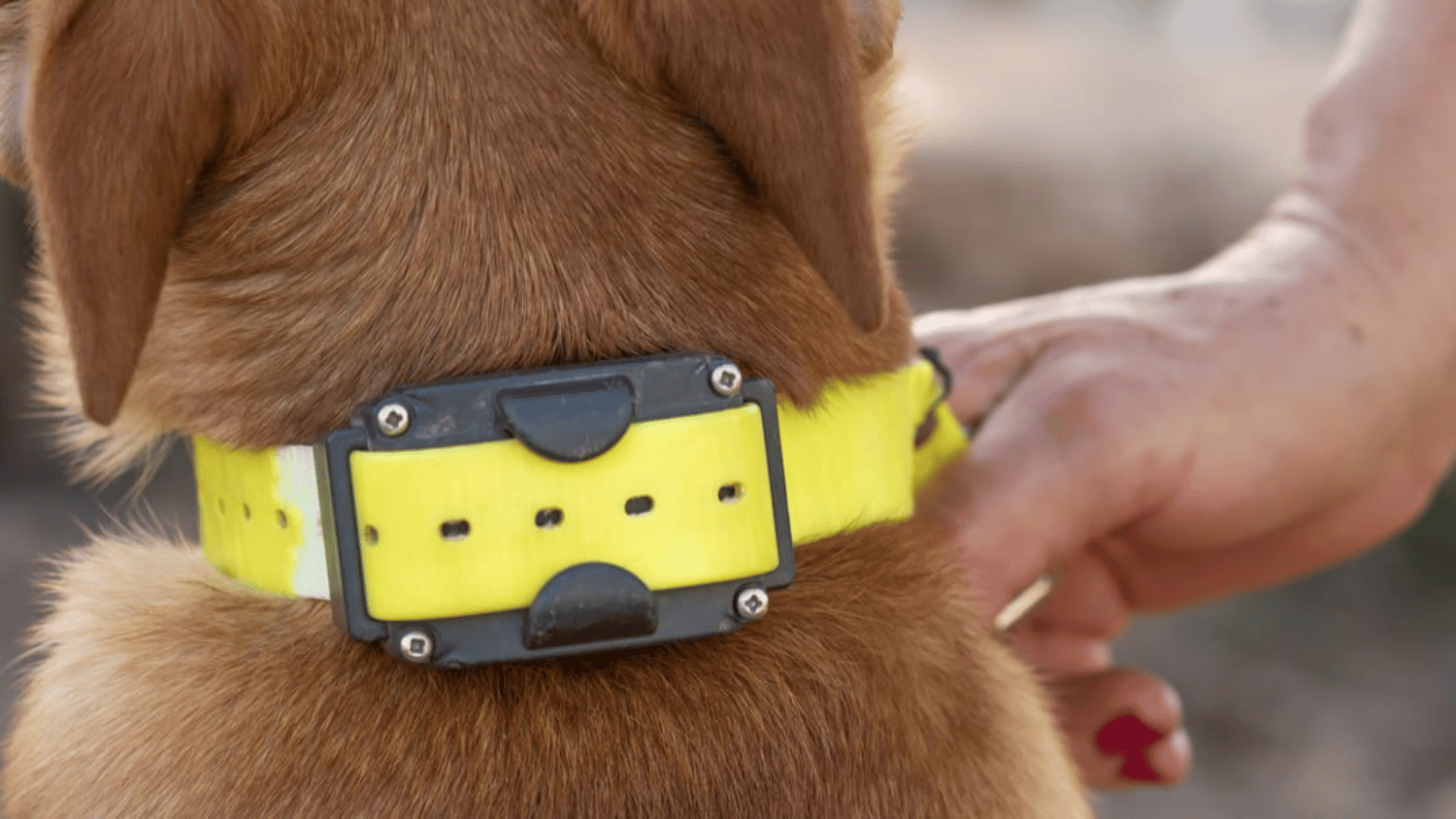Introduction
Dog training is an essential aspect of responsible pet ownership, and while there are numerous methods to achieve desired behaviors, shock collar training is a controversial yet effective technique when used responsibly. This guide provides an in-depth look at how to train a dog using a shock collar, including how to introduce the collar, proper training techniques, and other lessons that can be taught with the device. As with any training method, it's crucial to ensure the well-being of your dog and to consider alternative methods if the shock collar is not appropriate for your pet.
Understanding Shock Collars
Types of shock collars
Shock collars come in various styles and functionalities, with the primary differences being stimulation levels, range, and waterproof features. Stimulation levels refer to the intensity of the shock, with most collars offering multiple levels to suit your dog's sensitivity. Range pertains to the distance from which you can control the collar, while waterproof collars can be used in wet environments without malfunctioning.
How shock collars work
Shock collars operate on the principles of operant conditioning, a learning process that involves positive punishment and negative reinforcement. In this context, positive punishment refers to the application of an unpleasant stimulus (the shock) to decrease an undesired behavior, while negative reinforcement involves the removal of the unpleasant stimulus when the dog exhibits the desired behavior.
Ethical considerations
When considering shock collar training, it's essential to weigh the ethical implications and determine if it's the most appropriate method for your dog. Evaluate your goals and your dog's temperament, and consider alternative training methods if a shock collar seems too harsh or ineffective.
Preparing for Shock Collar Training
- A. Choosing the right collar
- Selecting the correct shock collar is crucial. Ensure the collar you choose has adjustable stimulation levels, an appropriate range, and a comfortable fit for your dog.
- B. Introducing the collar to your dog
- Gradually introduce the shock collar to your dog by allowing them to become familiar with it while it's not in use. Pair the collar with positive experiences, such as treats and praise, to create a positive association.
- C. Establishing a training plan
- Develop a clear training plan by setting specific goals and maintaining consistency and patience throughout the process.

How to Introduce a Shock Collar to a Dog
- Start by showing the collar to your dog, allowing them to sniff and inspect it without wearing it. Reward them with treats and praise during this process.
- Next, place the collar on your dog without turning it on. This will help them become accustomed to the feel of the collar.
- Gradually increase the amount of time your dog wears the collar, rewarding them for being calm and relaxed while wearing it.
How to Properly Train a Dog with a Shock Collar
- Timing is crucial: Ensure that you apply the shock at the right moment (when your dog is engaging in the undesired behavior) and release the shock as soon as they comply.
- Gradual increase in stimulation: Start with the lowest level of stimulation and increase it only when necessary.
- Reinforcing desired behavior: Always reward good behavior with treats, praise, or play to reinforce the correct response.
What Else Can You Teach Your Dog Using a Shock Collar?
- Barking control: Shock collars can help curb excessive barking by providing a stimulus when your dog barks inappropriately.
- Leash training: The shock collar can be used to teach your dog to walk nicely on a leash without pulling or lunging.
- Boundary training: With a shock collar, you can teach your dog to respect invisible boundaries, such as staying within your property lines or avoiding specific areas in your home.
- Off-leash recall: A shock collar can be an effective tool for teaching your dog to reliably return to you when off-leash, even in high-distraction environments.
Troubleshooting and Avoiding Common Mistakes
- A. Overuse of the shock collar: Relying too heavily on the collar can create fear or anxiety in your dog. Use the shock collar sparingly and focus on positive reinforcement.
- B. Inconsistent training: Inconsistency in commands and rewards can confuse your dog, making training less effective. Be consistent in your approach.
- C. Ignoring underlying issues: Address any underlying issues that may be contributing to your dog's behavior, such as anxiety or medical conditions, before resorting to shock collar training.
- D. Neglecting positive reinforcement: Do not rely solely on the shock collar for training. Use treats, praise, and other forms of positive reinforcement to encourage desired behaviors.
Monitoring Progress and Adjusting Training
- A. Regularly assess your dog's progress by observing its behavior and noting improvements or setbacks.
- B. Adjust your training techniques as needed, whether that involves changing the stimulation level, altering your commands, or incorporating new rewards.
- C. Know when to phase out the shock collar, gradually reducing its use as your dog becomes more responsive to your commands and positive reinforcement.
Related Article : Does Prong Collar Hurt Dog
Conclusion
Shock collar training can be a valuable tool for teaching your dog desired behaviors, but it's essential to use the device responsibly and ethically. Introduce the collar gradually, employ proper training techniques, and explore the various lessons you can teach your dog with the device.
Remember to prioritize your dog's well-being throughout the training process, and consider alternative methods if the shock collar is not appropriate for your pet. As with any training method, continued education and seeking professional guidance when necessary will help you ensure a happy, well-trained dog.

